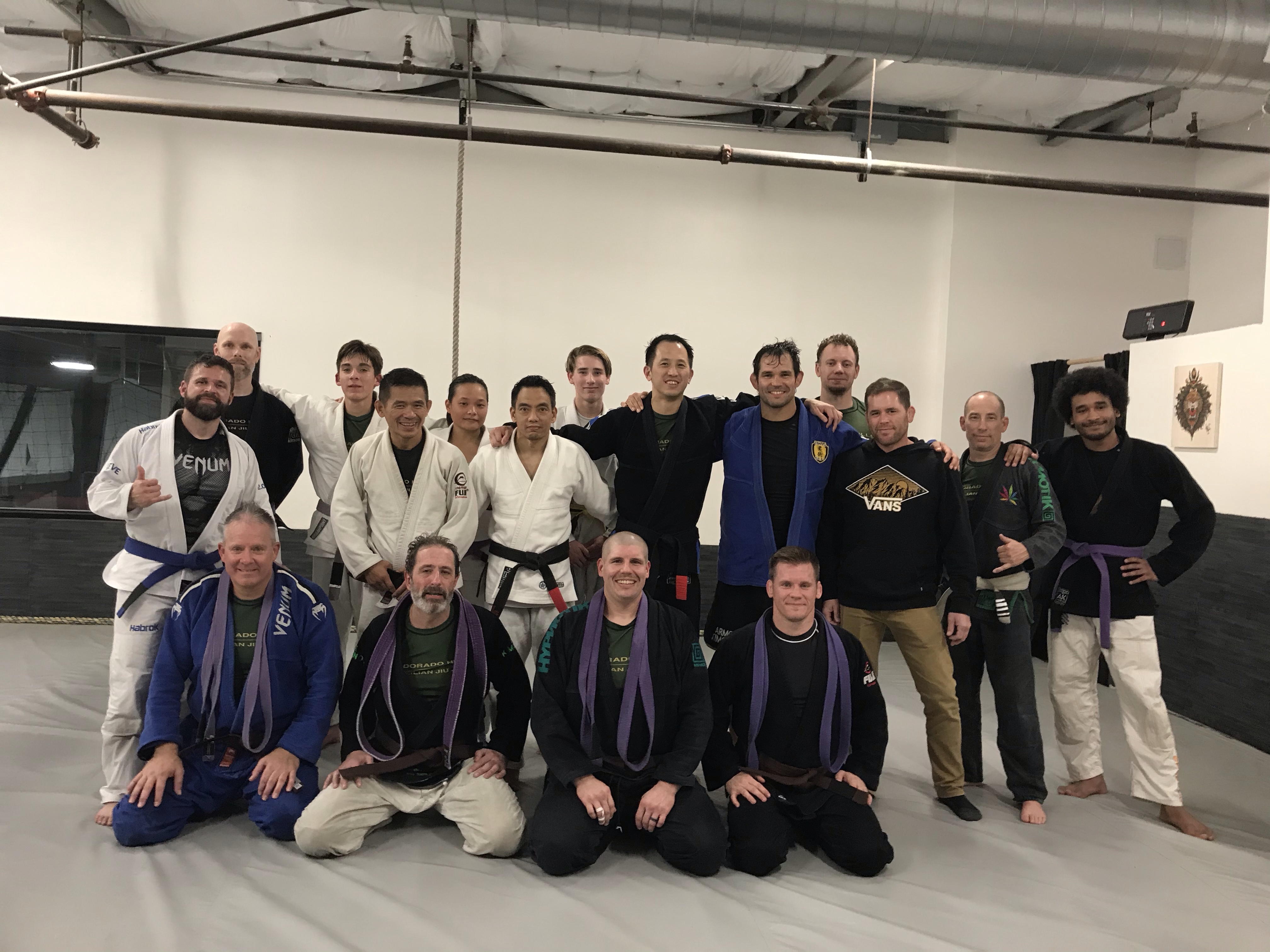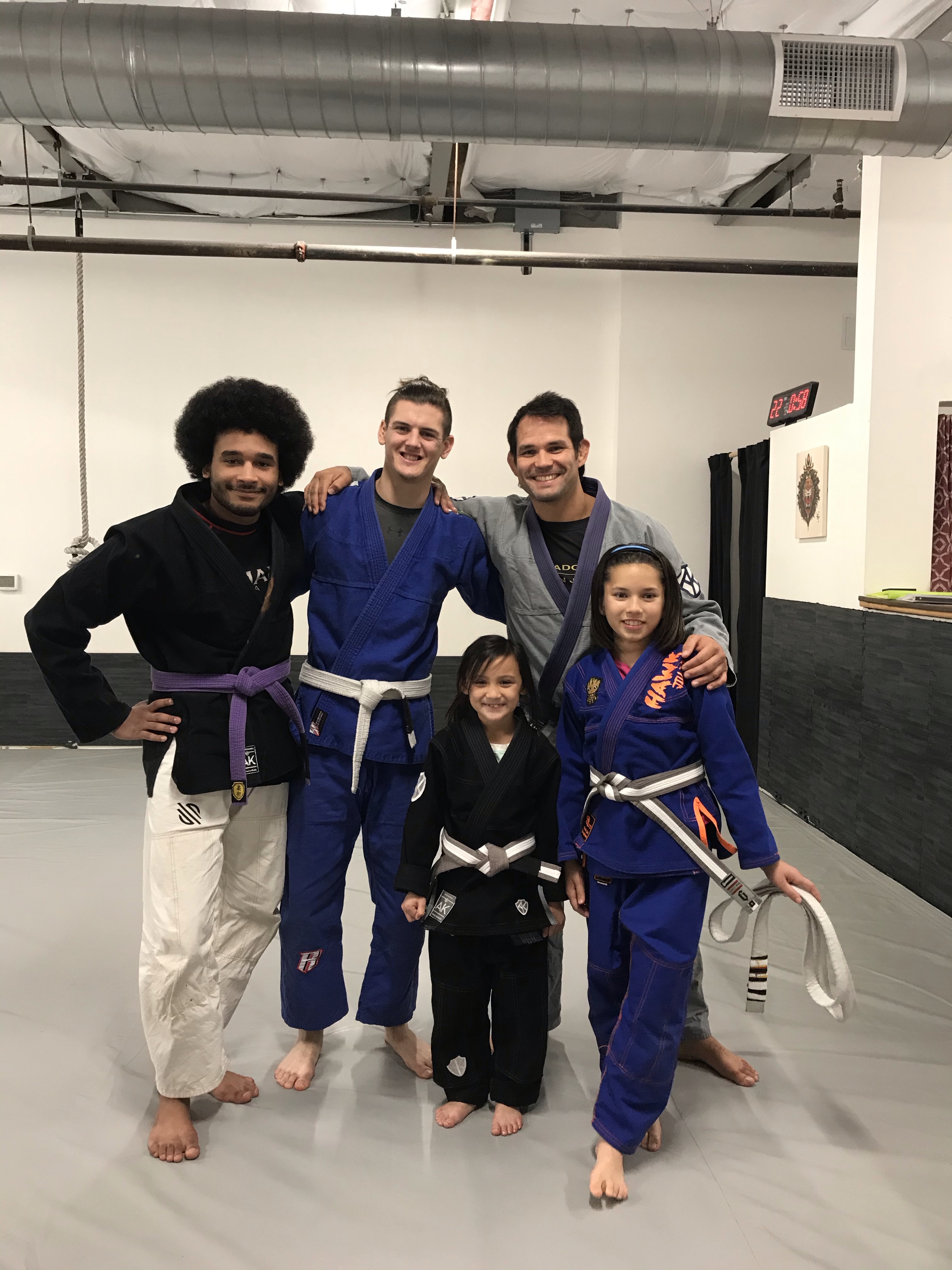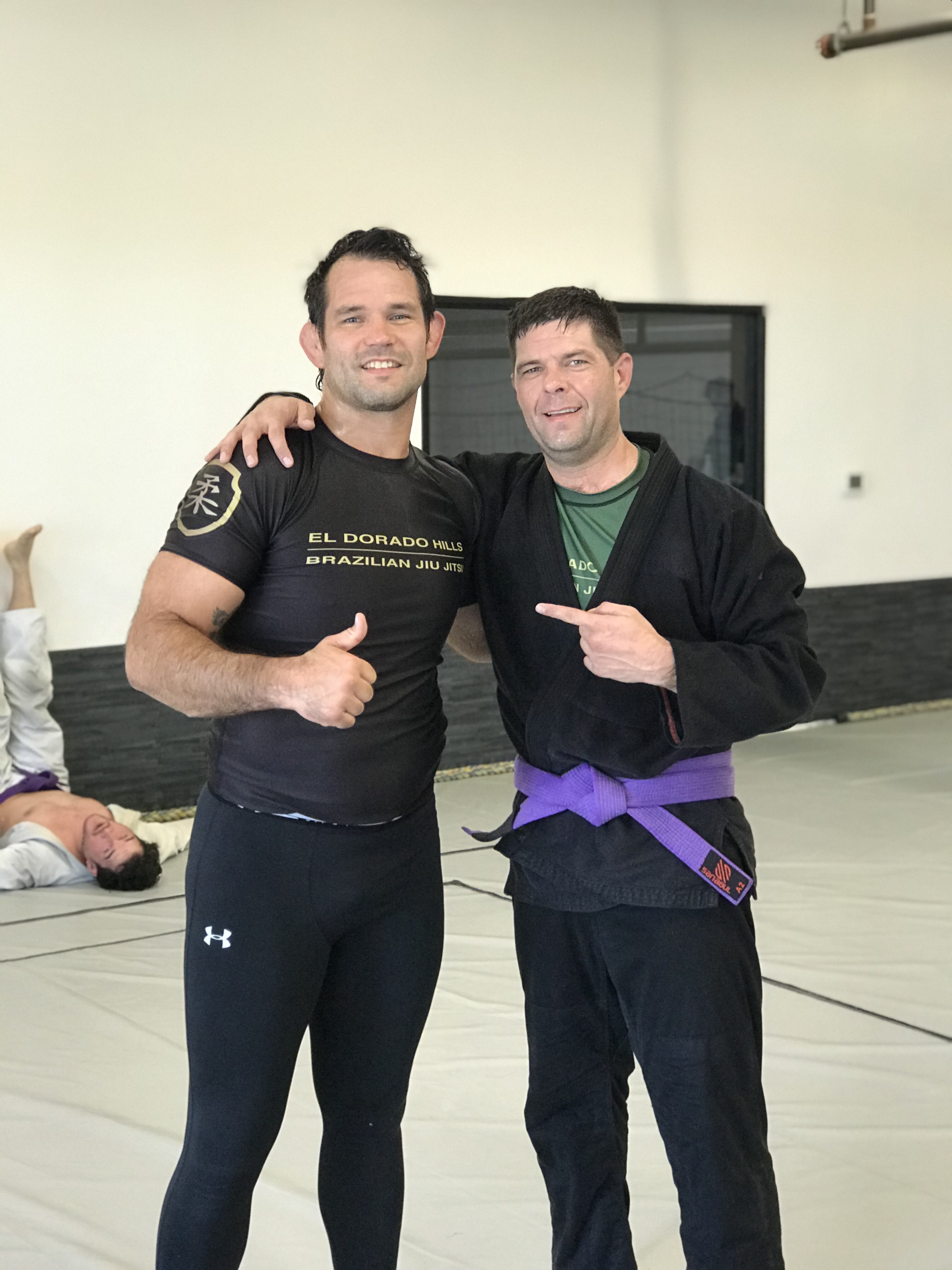The practice of jiujitsu on the surface is technical. We learn skills and develop our ability to execute as we increase resistance, add variables, and make adjustments. Over the years of teaching jiujitsu, I’ve come to realize and embrace that jiujitsu, especially the practice of jiujitsu is much more than movement.
While movement on the feet and on the ground is what we do, the actual value of training is in the skills we develop that transcend the mat to the streets and pour over into our daily lives. Skills that help us learn and understand complex problems, skills that help us stay calm and focused, and skills of communication. While some assume these skills are learned innately through the practice of sport, sports science has shown that without intentional coaching, skills that transcend the mat are not necessarily developed. In the practice of jiujitsu there is an opportunity to teach students how to simplify challenges and solve complex problems, how to cope with stress and pressure, and how to effectively communicate with one another.
Simplification helps us organize and learn. Doing so allows us to better understand and categorize items and problem solve. While people talk about the infinite universe of mat wrestling and the complex web of jiujitsu technique, a good coach will simplify and systematize.
As a coach, it’s important to break things down for our students. Doing so gives students the opportunity to learn the small details while developing an understanding of the big picture.
A coach that prioritizes teaching skills in problem solving will do more than just develop technique. Getting the students to think about problems or challenges and find solutions is a skill that can be applied on and off the mat. This is a practice of getting rid of clutter and seeing past distractions. Doing so sometimes is a matter of simplification, which doesn’t mean you focus on just any one thing, it means you bring your attention to the one things that matters. Through simplification, small tangible tasks are mastered and therefore allows for more complex riddles to eventually be solved.
Of the many things going on in jiujitsu, problem solving can feel like the least of your worries when you’re under pressure and gasping for air. There is simplicity in directing your focus towards the breath while you move. Breathing is something we need to do to live, but we often forget how to use it as a tool to help us stay calm and relaxed. We breathe all the time, yet we probably haven’t studied how to use our breathe as a tool for different needs. When things are completely out of control, sometimes the only thing you can do is take a big deep breath. In one way, your breath is a way to remind yourself to bring attention to the here and now.
A coach who understands jiujitsu as a breathing exercise helps us use the breath in other ways as well. By recognizing signs of pressure, stress, and anxiety a coached student can use what they’ve practiced on the mat, off the mat. Breathing won’t get us out of a heavy mount, but it will help us stay calm. And without staying calm you almost certainly won’t escape mount. Therefore, the breath is a tool for us to use, and breathing is a skill that requires conscious practice.
As your breath signals to yourself a reminder to stay calm, a big breathe can also signal you to focus. In a way the act of breathing communicates to the mind, I’m calm, I’m focused.
Not only is staying calm important to overcoming high pressure situations, it’s also important in effective communication. A coach understands the need to practice communication and therefore intentionally opens the doors of communication, not only between coach and student, but also between student and student. As an upper belt you should be able to stay cool if you catch an accidental knee or elbow. You should be able to say stop or help your partner slow it down if they’re moving recklessly.
In my opinion, communication is one of the most difficult skills to develop and implement. We often rely on nonverbal queues in jiujitsu to communicate but a coach who prioritizes communication skills will verbalize how students can better communicate with one another. Doing so doesn’t solve all problems, but it does create opportunities for misunderstandings to be clarified. Opening the opportunity for communication allows us to practice. Practice doesn’t mean you’re good at it, it means you’re better than when you started.
Jiu Jitsu is a great place to practice communication because the nature of jiujitsu is conflict and resistance. When a coach values communication, students are given opportunities to communicate with their partner. “Give me less resistance when drilling, give me more resistance, give me this look or that look, don’t let me do this or that.” These are some basic things that take place in practice where communication is emphasized.
The practice of jiujitsu is truly multidimensional and is an opportunity for us to develop skills that extend into our life off the mat. While many attend practice to learn and develop skills, a coach helps students gain valuable skills in addition to technique. Interestingly, sports science has shown that coaches who emphasize more than technical development, build a better performing team. As we gain understanding of mat skills, our practice of jiujitsu gives us an opportunity to deconstruct challenges, deal with stress, and interact with one another. 